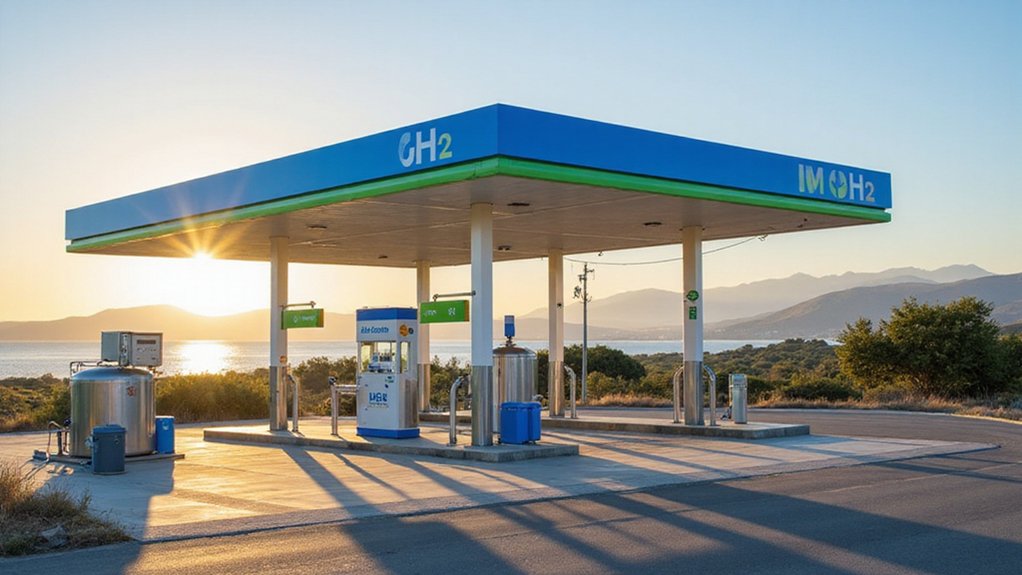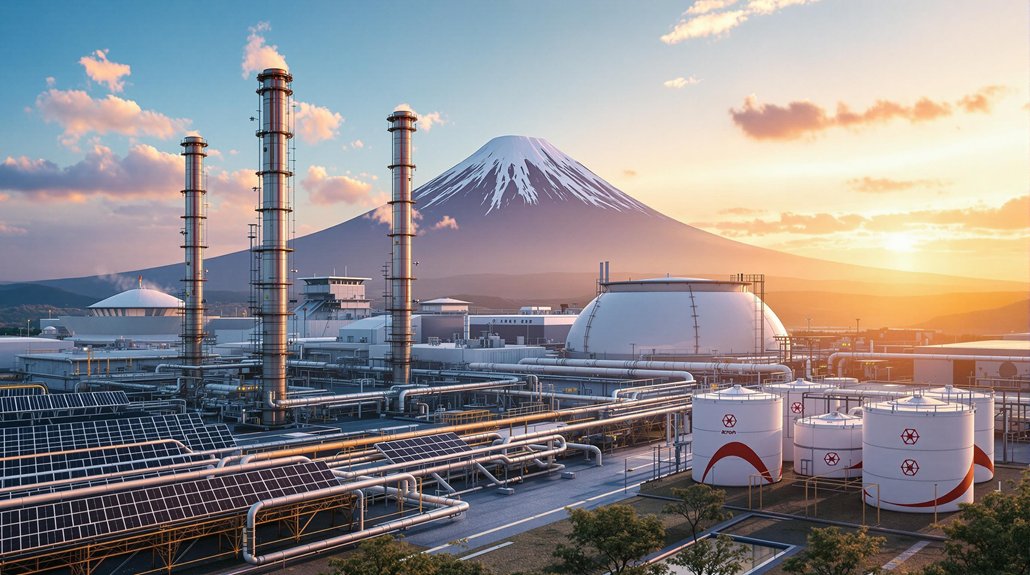The future of energy runs through pipes. Not just any pipes—pipes that can handle hydrogen, the finicky molecule that’s giving engineers headaches across the globe. A 52-kilometer cross-border pipeline is now being converted for pure hydrogen transport, and it’s no small feat. Traditional steel pipelines simply won’t cut it. Hydrogen is sneaky; it seeps into metal, causing embrittlement that can lead to catastrophic failures. Nobody wants that.
Conversion isn’t simple. It’s not like switching from Coke to Pepsi in your cup holder. Going from natural gas to pure hydrogen requires significant modifications. Most existing lines can handle a modest 10-20% hydrogen blend without major modifications, but pure hydrogen? That’s a different animal entirely. The U.S. currently has approximately 1,600 miles of operational hydrogen pipelines, primarily concentrated near industrial consumption centers.
Still, it makes economic sense. Despite costing at least 10% more than natural gas pipelines, hydrogen pipelines remain the cheapest option for moving large volumes over distances beyond 300 kilometers. And they’re surprisingly efficient—a hydrogen pipeline can transport about 88% of the energy a methane pipeline can. Not too shabby.
Hydrogen pipelines: 10% pricier, but still the cost king for bulk transport beyond 300km, delivering 88% of methane’s energy capacity.
The numbers are impressive. A single DN 1,000 pipeline operating at 85 bar can transport over 10 gigawatts of energy. To put that in perspective, six such pipelines could carry Germany’s entire electric power production. Yeah, that’s a lot of juice. This investment aligns with the global push toward renewable alternatives that could supply 95% of electricity needs by 2050.
Fiber reinforced polymer pipelines are emerging as a cost-effective alternative, offering 20% lower installation costs than their steel counterparts. Initial implementation plans involve mixing hydrogen into the existing natural gas network before transitioning to pure hydrogen transport. But retrofitting existing infrastructure remains the go-to solution for now. It’s cheaper. It’s faster. It’s practical.
The energy costs for compression aren’t trivial—the project needs three 13 MW compressors by 2030—but they only consume about 1.6% of the hydrogen’s stored energy. A small price to pay for moving tomorrow’s fuel through yesterday’s infrastructure.
The cross-border transformation is underway, and energy’s future looks increasingly hydrogen-shaped.
References
- https://www.energy.gov/eere/fuelcells/hydrogen-pipelines
- https://www.csis.org/analysis/exploring-hydrogen-midstream-distribution-and-delivery
- https://pubs.acs.org/doi/10.1021/acsomega.3c01131
- https://betterenergy.org/wp-content/uploads/2024/06/Hydrogen-Transportation-Issue-Brief.pdf
- https://www.neuman-esser.com/en/news-media/magazine/hydrogen-transport-with-pipelines/








